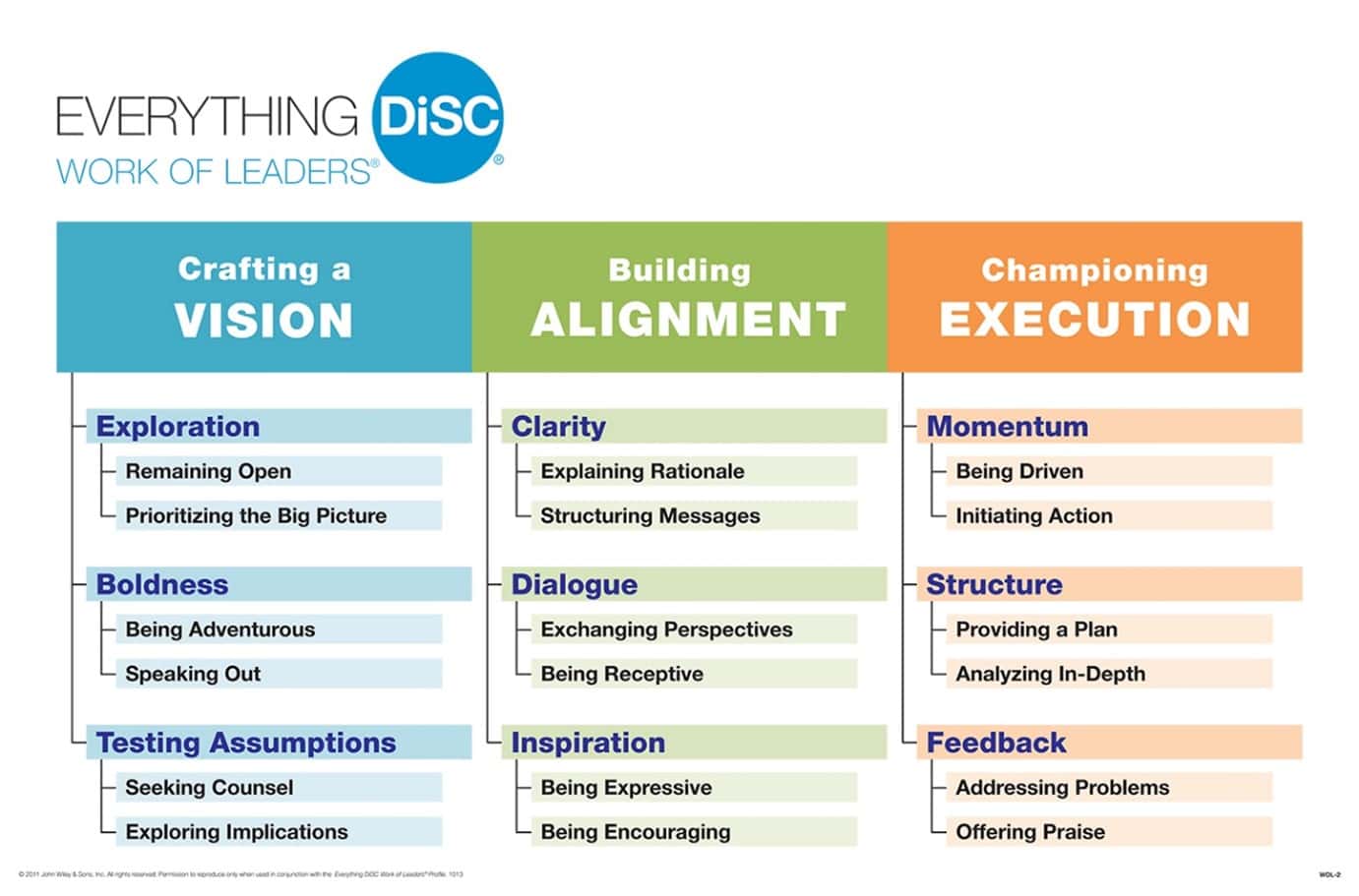The phrase “performance review” can evoke fear in even the most seasoned leader or employee. But why is this the case? Despite the growing demand for feedback from employees worldwide, there remains many misconceptions and misunderstandings surrounding the feedback process for both leaders and employees.
A classic medium used to deliver feedback is the often dreaded yearly performance review. According to Forbes, 91% of companies have an annual review process and spend countless hours and vast amounts of money, only to find that these discussions fall flat and fail to move the dial on actual performance. Concerningly, according to employee engagement experts at Gallup, most of the companies that conduct performance reviews do more harm than good, so harmful that performance reviews actually decrease performance 1/3 of the time. According to The Human Capital Hub, performance discussions fail for any number of reasons, including unclear objectives, poor communication, and an emphasis on past performance. However, paradoxically, feedback is a highly desirable part of the employee experience, and Gallup’s research indicates that 65% of employees globally want more feedback about their performance.
So, what are companies to do? The following are some tips to deliver feedback that employees desire in a way that supports performance and employee engagement.
Strive for Feedback Culture
A feedback culture is an environment where feedback is reciprocal and part of regular business operations – not just a once-yearly, formal event. According to educator Ed Batista, feedback culture requires a significant commitment from a leadership team. Leaders must use transparency to establish trust, promote reciprocity in giving and receiving feedback and demonstrate accountability. In a study by Jack Zenger and Joseph Folkman, findings revealed that amongst over 50,000 executives analyzed, “…leaders who ranked at the top 10% in asking for feedback were rated, on average, at the 86th percentile in overall leadership effectiveness.” Further, Zenger and Folkman indicate that leaders who are willing to engage in feedback conversations cultivate environments with high levels of employee engagement.
With conversations about psychological safety at work increasing, leaders must understand that creating an environment where transparency, humility and safety are prioritized are paramount to creating a robust feedback culture, as indicated by Quantum Workplace.
Understand What Feedback Should Look Like
First, leaders should strive to understand the goal of feedback. HR Central states, “[constructive feedback] is vital to employees’ ongoing development. Feedback clarifies expectations, helps people learn from their mistakes and builds confidence…. constructive feedback is one of the best things managers can provide to their employees.” Ultimately, feedback – when done properly – is an effective tool to clarify expectations and drive employee growth.
In terms of structure, ideally, leaders should use a combination of constructive and positive feedback – both are essential. But there’s a right way to structure your feedback. There’s an oft-cited method referred to as the “feedback sandwich,” i.e. insert a constructive comment amongst two positive comments. As leadership expert Alisa Cohn states: “[this tactic] is superficial and a cop-out designed to make the feedback-giver feel more comfortable rather than to enlighten the feedback receiver.”
Leaders should ensure that their feedback is appropriate and credible. Before giving feedback, a leader should ask themselves if this topic has been discussed before – taking an employee by surprise is never a good idea. Similarly, is this feedback grounded in facts or is it based on feelings? Do they regularly connect with this employee to give and receive feedback? Further, feedback should be clear and tied to performance rather than focusing on aspects of an individual’s personality – performance is fair game for discussion, personality is not. Feedback should be forward looking, and leaders should avoid focusing on the past. What’s done is done, and all an employee can change is their future actions. To that end, forward looking feedback should be specific and easy to understand and act upon. It is paramount that leaders ensure that their feedback aligns with expectations that their team members are aware of – there can be no accountability without clearly defined expectations. As Brene Brown states: clear is kind, unclear is unkind.
If nothing else, remember these things:
- Make sure your team member understands what’s expected of them from day one. If those expectations change, make sure your team member understands what’s changed.
- Focus on correcting the behavior moving forward and not on changing someone’s personality.
- Make sure you recognize the positive things and the actions that need to be corrected in addition to what needs to change – your feedback should be fair and balanced.
- Don’t defer feedback – give it regularly! Feedback should never take your team member by surprise.
- Ask for feedback from your team and model that you’re open to feedback, striving to cultivate a feedback culture. Be transparent about areas where you’ve been given feedback, and report your progress to your team.
Know yourself, know your recipients.
A discussion about performance brings two different personalities and perspectives to the table. While a leader should ensure that they are building a feedback culture and being strategic about the structure and content of their feedback, it’s extremely beneficial for a leader to understand their team dynamics. Engaging with X5 can help you and your team better understand the communication preferences, stressors and motivations of your team members. By better understanding the dynamics of your team, you’ll be able to tailor your message to suit the needs of the individual.
In Conclusion
Creating a culture of meaningful feedback is crucial for enhancing overall performance and employee engagement. While traditional performance reviews have drawbacks, employees repeatedly indicate that regular, constructive feedback matters to them. To deliver, organizations must prioritize transparency, humility, and psychological safety.
Leaders play an integral role in fostering a feedback culture by actively seeking feedback, acting transparently, and prioritizing trust. By understanding the purpose and structure of feedback, organizations can transform performance discussions into opportunities for growth and development.
In embracing these practices, organizations cultivate an environment where feedback is utilized as a tool for continuous improvement and success.
Everything DiSC Work of Leaders program brings together best practices from 300 experts in over 150 organizations, the important work of prominent scholars, and over four years of additional research and development to provide participants with an actionable path toward more effective leadership. X5 Management is proud to be an award-winning Everything DiSC® partner.
Understanding Ideal Leadership Behaviors with Everything DiSC Work of Leaders® Program uses a research-validated learning model to create a highly personalized learner experience. The profile is leadership-specific with in-depth information, including tips, strategies, and action plans.
Using the framework of Vision, Alignment, and Execution, Work of Leaders encourages leaders to understand their own leadership behaviors and how these behaviors impact their effectiveness.
Author Leanne Burrows is skilled in corporate communications, employee engagement strategies, and dynamic marketing strategies, creating meaningful and productive partnerships between HR and Internal Communications Teams. She is passionate about leadership, transparency, growth and change management. Leanne is currently pursuing a Masters in Organizational Psychology, Industrial and Organizational Psychology. In addition, Leanne is completing her Everything DiSC®️ Facilitator certification through X5 Management.





